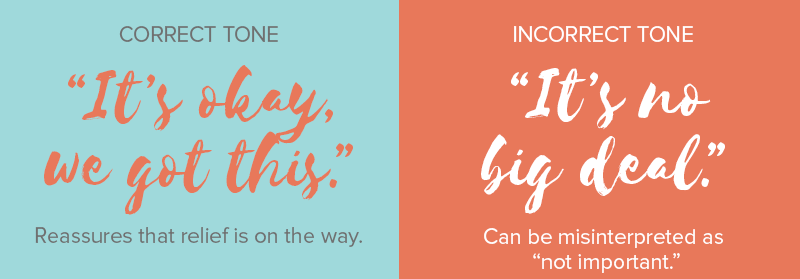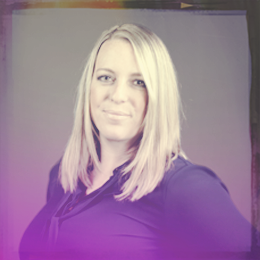In our last post, Mandy shared how Willow Marketing’s new visual brand identity took shape. But as any branding agency will tell you, there are two parts of any brand—the visual and the verbal. Like a hammer and a nail, it’s hard to get the job done if one is missing. The visual brand can be like a pretty face—nice to look at but hard to know. The verbal brand, on the other hand, is the distinct personality behind the pretty face. If you’ve ever dated online, you know how frustrating it is to find the first and not the latter. Chris West of Verbal Identity said it best: “The visual attracts and the verbal engages.”
Like all brands, Willow’s brand story exists in lots of places. In conversations, presentations, marketing, and social media channels. How others experience our brand helps to shape their perspective of who we are and recognize us as exactly what they expected… a familiar and helpful voice. By showing our brand personality in consistent language, tone, and voice, we frame the message rather than distract from it.
To develop our brand tone, we looked to the positioning statements and brand traits identified in our discovery research. We listened to the conversations of our internal and external audiences, from staff collaboration exercises to client interviews, finding the common language, cadence, and tone that resonated and reflected who we are… who we’ve always been. We wrote everything from headlines to bios. Writing, testing, editing, and writing again until everyone was on the same page. And then, because content is rarely, if ever, the domain of only one person in an organization, we put that thinking on the page, in the form of verbal brand guidelines to help the writers and non-writers at Willow stay on-brand whether composing a tweet or writing a blog post.
The verbal brand guidelines include an explanation of the brand’s “Innocent” archetype and brand dimensions; our brand code, including mission, vision, and values; and the narrative storytelling of who we are and why we exist. We also included how the tone of voice might fluctuate in different channels, as well as example copy to help identify proper tone.

Based on the Innocent archetype’s promise that life doesn’t have to be that hard, we made the decision to keep industry and technical jargon to a minimum, keeping our content accessible to everyone.

Having a sense of humor goes a long way toward our happy and humble culture, so we thought about what that sounds like too. Our verbal guidelines take the pressure off our people to “be funny” with these simple instructions. “We don’t shoot for funny in our writing. Our humor is more of a wink and a smile than a smirk. We’re much more likely to poke fun at ourselves than at others.”
We also defined the rules for talking about our clients and the work we do together. Here’s what that looks like in the brand guidelines.

Because we were simultaneously designing a new website that would reflect the Willow rebrand, we had the unique opportunity to do some cover-to-cover brand storytelling. From headlines to team bios—using our own words to tell our story.
It was challenging but truly a collaborative effort, where ideas were shared, shaped, and molded. Some were discarded while others inspired new directions to explore. It wasn’t always easy; in fact, at times, it was “pull your hair out, someone bring me a pint of ice cream before I scream” kind of crazy. But following our own process guided us through the steps, and as each piece fell into place, it began to feel like us… only better.
